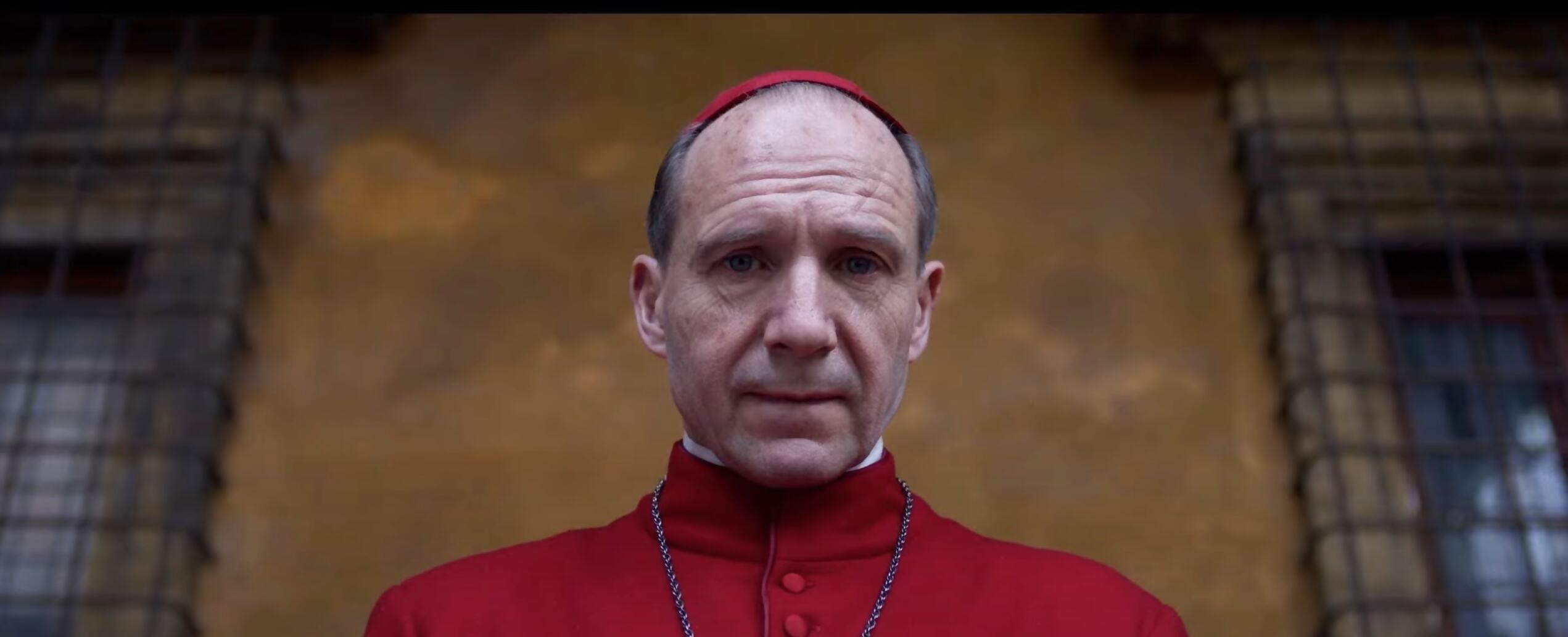
The Delicate Shift in the Superhero Landscape: Why ‘Venom: The Last Dance’ Underwhelms
 The changing dynamics of superhero cinema
The changing dynamics of superhero cinema
The superhero genre, once a titan at the box office, appears to be experiencing a significant shift with the latest release, Venom: The Last Dance. Despite the anticipation surrounding its debut, the film fell short of expectations, raking in $51 million during its opening weekend. This figure is strikingly lower than the franchise’s previous entries: the original Venom launched with $80.2 million, and its sequel, Venom: Let There Be Carnage, opened at a robust $90 million. With a production budget of roughly $120 million, The Last Dance could still find its footing internationally, yet this marked decline in domestic performance raises eyebrows about the overall superhero fatigue gripping audiences.
A Different Kind of Symbiote Story
Starring Tom Hardy, who reprises his role as Eddie Brock, the film presents a storyline that is both familiar and fatigued. The character’s bond with the alien symbiote remains the central gimmick, yet it seems to lack the freshness that initially attracted audiences. Critics and audiences echo the sentiment—The Last Dance currently holds a paltry 36% score on Rotten Tomatoes and a franchise-low B- CinemaScore, indicating a disconnect between the film’s creators and potential moviegoers.
“The Last Dance leaves fans longing for the punchy thrill of its predecessors,” commented one of the reviewers, highlighting the struggles of the franchise to maintain its earlier momentum.
 Tom Hardy reprises his role, but is it enough?
Tom Hardy reprises his role, but is it enough?
The International Response Versus Domestic Decline
The international response to Venom: The Last Dance tells a contrasting story, collecting $124 million overseas, with a notable $46 million from China alone. This performance hints that the appeal of superhero films may still thrive outside American borders, although it raises questions about the long-term viability of the genre domestically. Film consultant David A. Gross notes that 2024’s superhero films may gross around $2.25 billion worldwide, marking a significant reduction from the highs in previous years, notably when the genre amassed over $7 billion in 2018.
A Longing for Variety and Change
Audiences seem to be expressing a growing fatigue toward superhero narratives inundating theaters, as reflected by the disappointing release of Joker: Folie à Deux, which also underperformed. As superhero dominance wanes, the landscape is ripe for fresh ideas and alternative stories to emerge from the ashes left behind by franchises like Marvel and DC.
In a year that might be the lowest-grossing for superhero films since 2012, other genres are making headway. The adult-oriented thriller Conclave, directed by Edward Berger, opened with a respectable $6.5 million. Garnering strong reviews and drawing an audience demographic that skews older, it indicates that there is a market longing for different cinematic experiences, apart from the conventional hero’s journey.
 A new narrative captivating adult audiences
A new narrative captivating adult audiences
A Call for New Creative Directions
The stark reality reflected at the box office is clear: there’s an urgent need for the film industry to recalibrate. Increasingly, audiences crave diversified storytelling, imaginative plots, and character-driven narratives that challenge the status quo. Other films that have embraced unique storytelling—like the chilling drama Woman of the Hour featuring Anna Kendrick—are garnering attention and acclaim, potentially paving the way for a shift in viewer preferences.
Venom: The Last Dance, despite its potential for profitability, serves as a bellwether—one that highlights the evolving landscape of cinema and the challenges superhero franchises must confront to retain their audiences and relevance.
In Conclusion: The Future of Superhero Films
As 2024 progresses, cinema enthusiasts and industry experts alike will closely monitor the outcomes of the remaining superhero films, including Marvel’s Kraven the Hunter, due out in December. Franchise fatigue or simply a desperate plea for innovative storytelling—time will tell which direction the audience interest will gravitate towards next. In a cinematic universe once dominated by superheroes, the balance between creativity and commercial viability has never felt more precarious.
Estimated ticket sales for the weekend:
- Venom: The Last Dance, $51 million.
- Smile 2, $9.4 million.
- Conclave, $6.5 million.
- The Wild Robot, $6.5 million.
- We Live in Time, $4.8 million.














